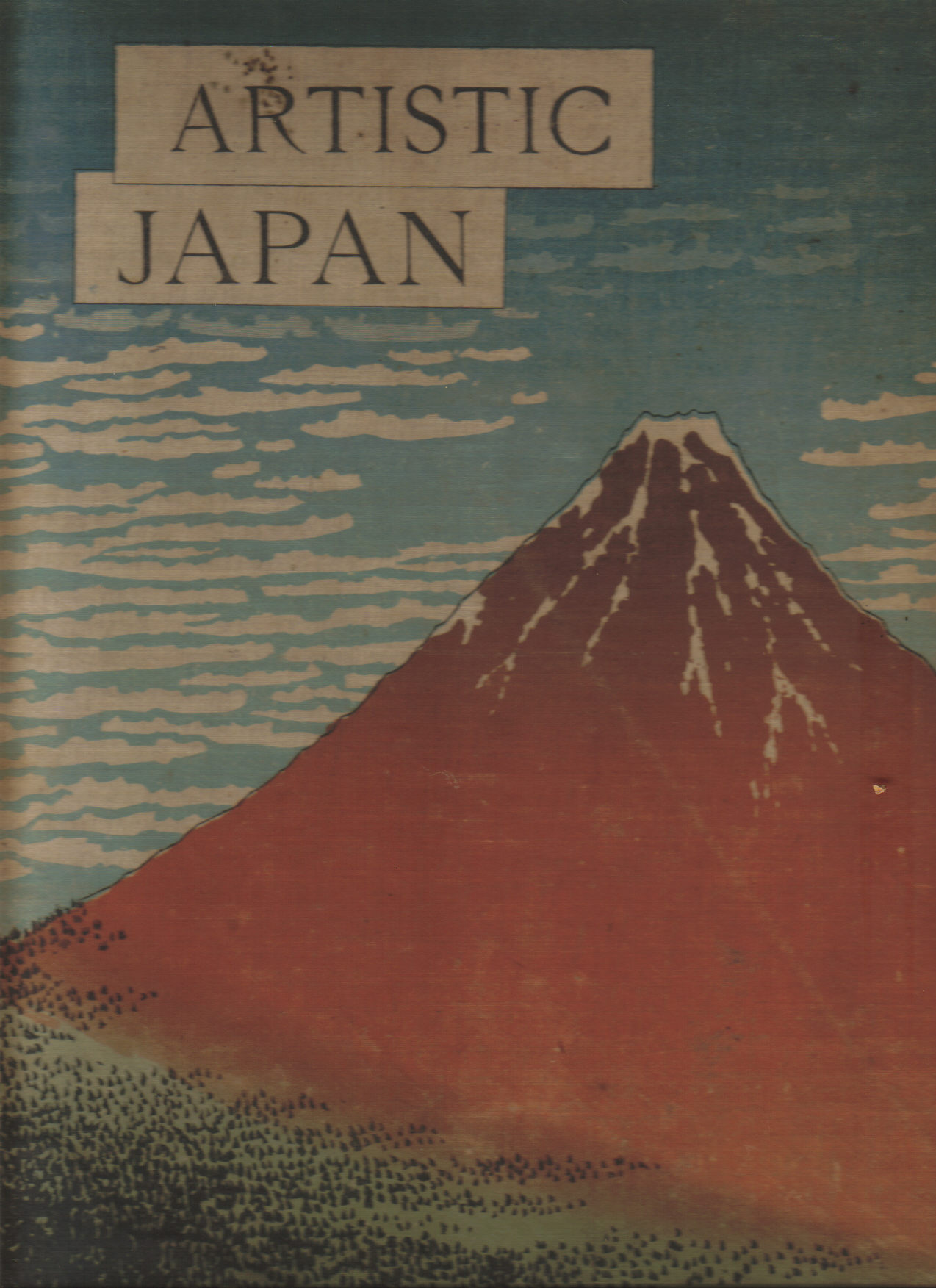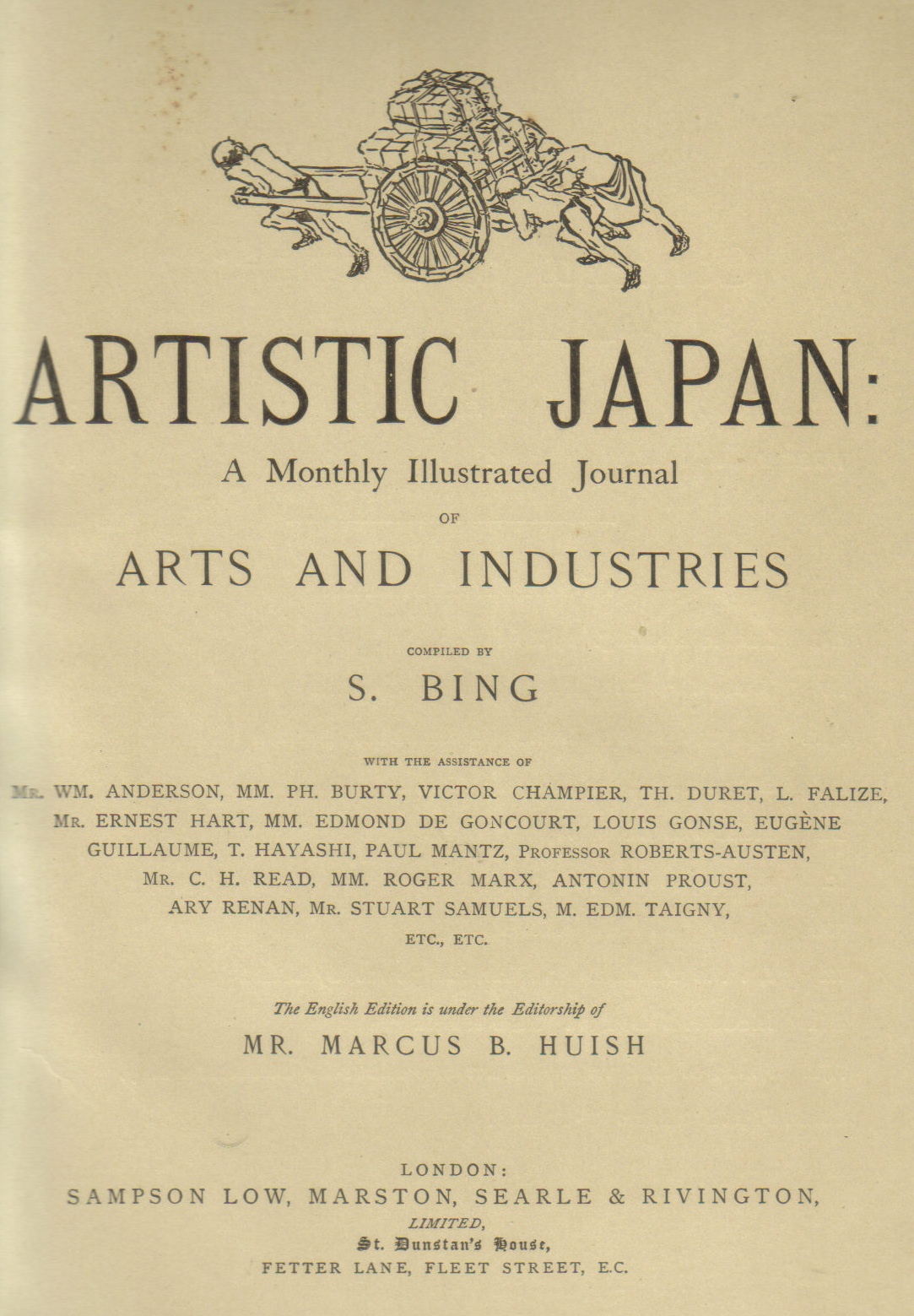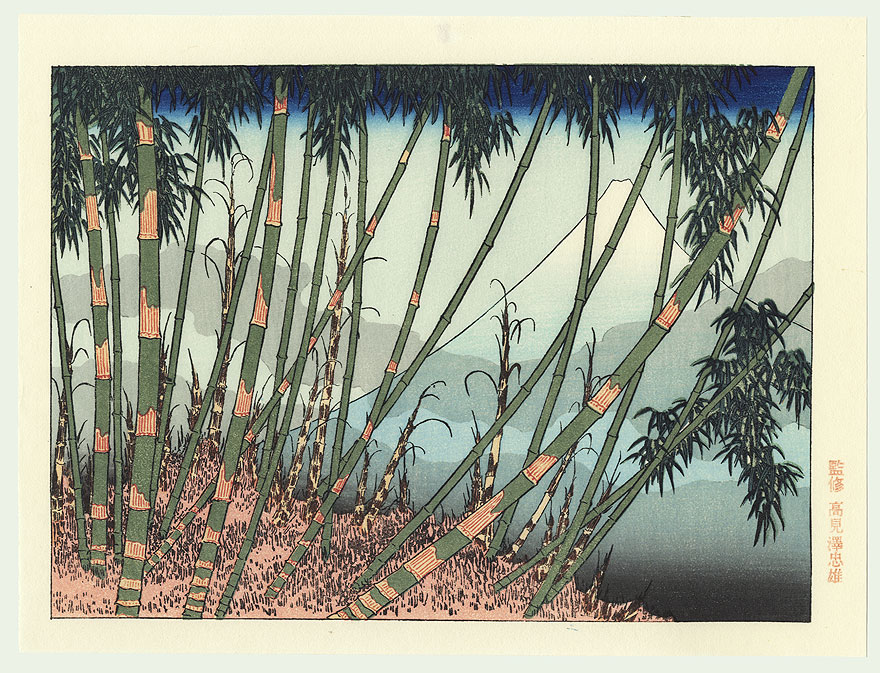A 'Japoniste' Iridescent Glazed Earthenware Plaque
By Clément Massier for L'Art Nouveau Bing, circa 1900
Inscribed MCM Golfe-Juan and painted signature Clement Massier, Golfe Juan
With the original L'Art Nouveau S. Bing paper label
16 in (42 cm) high, 12 in (30.5 cm) wide
With the original L'Art Nouveau S. Bing paper label
16 in (42 cm) high, 12 in (30.5 cm) wide
Clément Massier was born into a family of ceramicists and therefore took an interest in the business from an early age. After years of work, study and travel, Massier relocated his share of the family firm to Golfe-Juan in 1884. There, he began producing Hispano-Moresque influenced pottery using silver and copper oxide glazes made iridescent in a smoky kiln. With the arrival of Lucien Lévy-Dhurmer in 1887, Massier introduced fiery lustre glazes enriched with etching and painting, applying them to forms ranging from the hand-made to the slip-cast. Soon after, Clément Massier was running a busy factory and a showroom that boasted an elite international clientele.
In early 1895, the year Lévy-Dhurmer left Massier's factory, Siegfried Bing, a French dealer of Japanese decorative arts, was planning a Paris gallery focusing exclusively on a new style in European decorative arts. To test the market, Bing held an exhibition in London, showing glass by Louis Comfort Tiffany and rich iridescent ceramics by Clément Massier. Although the exhibition was not well received by critics, it was a popular sensation. In October 1895, Bing's Paris gallery, Galerie L'Art Nouveau, opened at 22 Rue de Provence in Paris. There, in rooms decorated with Henry van de Velde furniture, works by Massier filled vitrines and shelves. Bing's activities were significant to the Japanese influence on Art Nouveau. He published a monthly journal, Le Japon Artistique, beginning in 1888 and collected into three volumes during 1891. This plaque by Massier is clearly of Japanese influence, for it depicts Mount Fuji amidst a grove adorned with bamboo – a scene most likely taken from Hokusai's woodblock prints.
In early 1895, the year Lévy-Dhurmer left Massier's factory, Siegfried Bing, a French dealer of Japanese decorative arts, was planning a Paris gallery focusing exclusively on a new style in European decorative arts. To test the market, Bing held an exhibition in London, showing glass by Louis Comfort Tiffany and rich iridescent ceramics by Clément Massier. Although the exhibition was not well received by critics, it was a popular sensation. In October 1895, Bing's Paris gallery, Galerie L'Art Nouveau, opened at 22 Rue de Provence in Paris. There, in rooms decorated with Henry van de Velde furniture, works by Massier filled vitrines and shelves. Bing's activities were significant to the Japanese influence on Art Nouveau. He published a monthly journal, Le Japon Artistique, beginning in 1888 and collected into three volumes during 1891. This plaque by Massier is clearly of Japanese influence, for it depicts Mount Fuji amidst a grove adorned with bamboo – a scene most likely taken from Hokusai's woodblock prints.



















